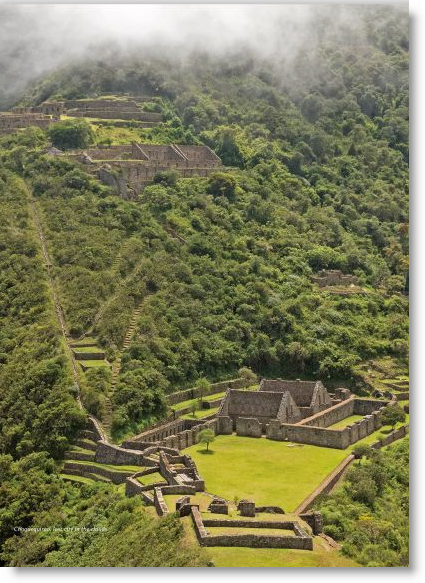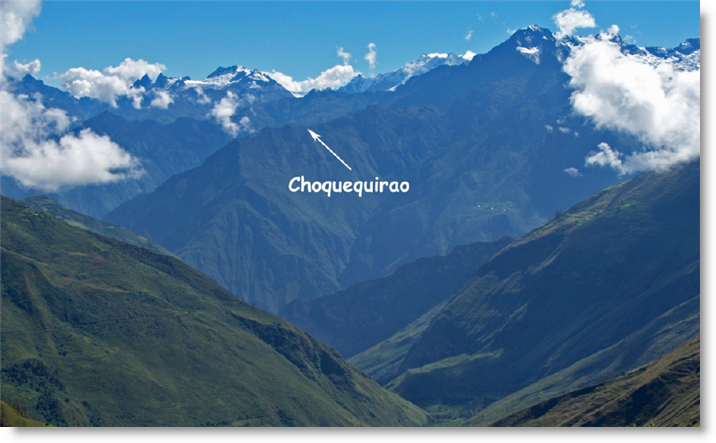The first rays of morning sunlight illuminate the great stone altar, streaming through a square opening over my head. “Inti camac sumac,” chants the priest. Soaked in sweat, I fight the bindings holding me to the stone as the grinning, looming, scarlet-cloaked figure slowly brings down a gleaming, bloodstained bronze knife toward my heaving chest.
Startled suddenly awake, I thankfully greet a smiling Pancho, our camp cook, handing a cup of wake-up coffee through the tent door. Whew — I make a silent oath to myself to avoid the second round of piscos that we had passed around the campfire last night.
We are on our way back to the mysterious and magnificent mountain Inca city in the remote cloud-forested Andes of Peru that has been the focus of my research and explorations for many years and numerous expeditions.
I am traveling with an interesting group of ethno-botanists. Our objective is to identify plants and trees that may have been introduced by the Inca residents and may still live on in the tangled vegetation surrounding the recently cleared stone walls and buildings.
There is always something more to learn at the Inca’s second Machu Picchu.
The Inca royal estate and ceremonial complex, Choquequirao is perched majestically at 9,800 feet of elevation on the cloud-forested ridge of a glaciated 17,700 foot peak.
The traditionally sacred Apurimac River, reportedly the longest headwater source of the Amazon, roars through a deep canyon some 5000 feet below. The site lies 61 miles west of Cusco in the rugged, remote Vilcabamba range of the Peruvian Andes, far distant from roads, trains and the tourist hordes that mob Choquequirao’s famous sister estate, Machu Picchu.
Choquequirao remains one of the great, rewarding travel destinations of the Americas that still retain some of the excitement and discovery experience of the past.
It is a truly ‘lost city,’ abandoned sometime around 1572 when the holdout last Inca ruler, Tupac Amaru was captured in the distant jungles, dragged back to Cusco and executed by Spanish colonial authorities. The ancient houses, temples, canals and walls were soon reclaimed by the silent, green, primeval forest only to be rediscovered and revealed in recent times. Located on the far, unpopulated and geographically hostile side of the immense Apurimac Canyon, the region remained disconnected from the farms, villages and roads of developing Peru.
It is little known that Yale professor Hiram Bingham, the now famous scientific discoverer of Machu Picchu in 1911 was inspired to launch his return to Peru and archaeological explorations after a visit to Choquequirao in 1909. Bingham visited Choquequirao twice, the second time with a crew of surveyors, cartographers and specialists to produce the first map and scientific description.


No hay comentarios:
Publicar un comentario